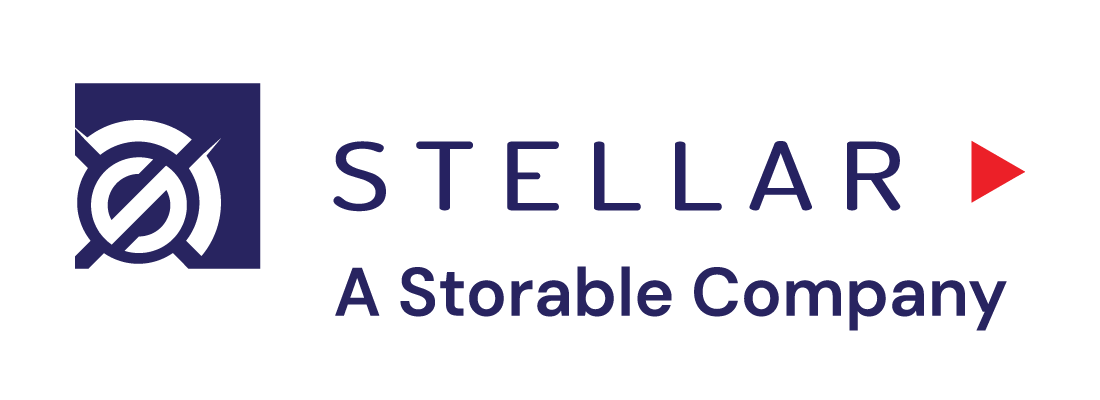Winterization has always been essential for protecting boats and marina infrastructure, but today’s operators have new opportunities to make the process more efficient, sustainable, and customer-friendly. By leveraging technology, eco-friendly practices, and creative programming, marinas can safeguard assets while strengthening long-term customer relationships.
Embracing Technology in Winterization
Marina management starts with digital integration. By using tools like Molo or Stellar, operators can automate winterization bookings, send timely maintenance reminders, and cut down on costly no-shows. These platforms also centralize asset tracking and documentation, ensuring every inspection and preventative task is logged in one place for staff and customers alike.
Customer portals make the process even smoother, giving boaters the ability to request services online, review winterization checklists, and pay invoices without paperwork or phone tag. Together, these tools transform winterization into a streamlined, transparent experience for both operators and boaters.
Sustainable Winterization Practices
Environmental responsibility is becoming a key differentiator for marinas. Marinas act as a final defense before water enters our waterways for drinking water and recreational activities. Plus, marinas depend on water as the foundation of their business, which is why they should be their greatest advocate and protector.
Here are some steps that will keep your winterization process sustainable:
- Eco-friendly materials
- Step 1: Replace traditional shrink wrap with reusable covers
- Step 2: Ensure recycling programs are in place
- Step 3: Use biodegradable cleaning products and low-toxicity antifreeze.
- Containment & runoff control
- Step 4: Use storm drain covers to keep products from running into the water
- Step 5: Implement boat wash pads or portable containment mats
- Energy-efficient storage
- Step 6: Promote indoor dry storage or shelters to reduce shrink wrap usage
- Step 7: Explore previous surfaces and vegetated swales around yard areas to manage stormwater.
- Staff training
- Step 8: Train employees on spill prevention protocols, proper chemical storage, and waste disposal methods.
Preventative Maintenance During Off-Season
Winter is the ideal time to get ahead on maintenance. Engines, fuel systems, plumbing, electrical components, hull integrity, and safety gear should all be thoroughly inspected before storage.
But just as important as the work itself is the recordkeeping. Our motto is— if you didn’t document it, it didn’t happen. Maintaining detailed digital logs of inspections and service history protects operators, builds trust with customers, and ensures no task is overlooked. Scheduling periodic facility walk-throughs throughout the off-season can also help catch small issues before they escalate into expensive repairs when high season arrives.
Seasonal Promotions and Loyalty Programs
Winterization is also a business opportunity:
- Tiered winterization packages – Offer basic, advanced, and premium services, bundling add-ons like fuel stabilizer, shrink wrap recycling, or spring commissioning discounts.
- Loyalty incentives – Provide returning customers with perks like early bird discounts, referral bonuses, or free add-on services to encourage repeat business.
- Off-season engagement – Use email and SMS campaigns to keep customers connected with your marina, even when their boats are stored.
By combining digital tools, sustainable practices, thorough preventative maintenance, and creative promotions, marinas can transform winterization from a seasonal checklist into a competitive advantage.
Preparing early for the off-season ensures not only the protection of customer assets, but also the long-term resilience and growth of your marina.


